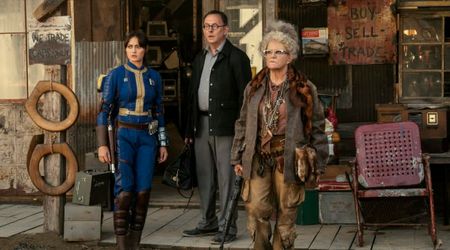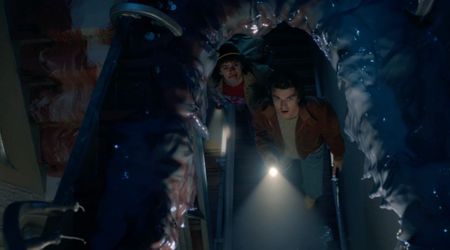Did Ed Gein really help FBI catch Ted Bundy? Chilling ending of Netflix’s ‘Monster’ Season 3 explained
![[L] Close up of Theodore 'Ted' Bundy, convicted Florida murderer; [R] Charlie Hunnam as Ed Gein from 'Monster: The story of Ed Gein' [Cover Image Source: Getty Images | Courtesy of Bettmann; [R] YouTube | Netflix]](https://d2a0gza273xfgz.cloudfront.net/775407/uploads/d571d160-a28d-11f0-941d-37ec9201c206_1200_630.jpeg)
Warning: Graphic content, readers’ discretion advised
Netflix’s latest true crime obsession has fans glued to their screens and questioning what’s fact and what’s fiction. ‘Monster: The Ed Gein Story,’ the third installment in Ryan Murphy and Ian Brennan’s ‘Monsters’ anthology, dives into the mind of one of America’s most disturbing killers. But, it takes a few dark creative liberties along the way. After exploring ‘The Jeffrey Dahmer Story' and ‘The Lyle and Erik Menendez Story,’ Murphy’s anthology now turns its focus to Ed Gein (played by Charlie Hunnam). It’s a name that inspired horror legends from ‘Psycho’ to ‘The Texas Chainsaw Massacre.’
Gein’s real-life crimes shocked 1950s America: a quiet Wisconsin man who dug up graves, collected human remains, and crafted macabre items from the bodies of his victims, as per USA Today. The Netflix drama opens with the 1957 disappearance of hardware store owner Bernice Worden, the murder that led police to Gein’s gruesome collection of trophies. He later confessed to also killing tavern owner Mary Hogan, but his trial took an unexpected turn. In 1968, he was declared legally insane and committed to a psychiatric hospital, where he remained until his death in 1984 at the age of 77.
View this post on Instagram
Where ‘Monster: The Ed Gein Story’ diverges from fact, however, is in its haunting final episodes. The series depicts Gein finding a new “purpose” in the institution: assisting the FBI in catching Ted Bundy, the notorious serial killer who terrorized America two decades later. It prompted viewers to wonder if Gein and Bundy’s stories ever truly crossed. In reality, they didn’t. Ed Gein never helped the FBI, never met Bundy, and certainly played no role in his capture.
The chilling crossover is a fictionalized device meant to reflect Gein’s fractured mental state. The imagined interactions with FBI agents John Douglas and Robert Ressler (who are based on real pioneering profilers) serve as a plot tool rather than historical fact. The truth behind Bundy’s downfall was far more procedural. He was caught after a routine traffic stop and later linked to multiple m*rders through tireless police work and forensic evidence, not by any insight from Ed Gein. Bundy was executed in 1989 at the age of 42, as per Cosmopolitan. ‘Monster: The Ed Gein Story’ is now streaming on Netflix, but viewers beware, not everything you see is as real as it seems.










